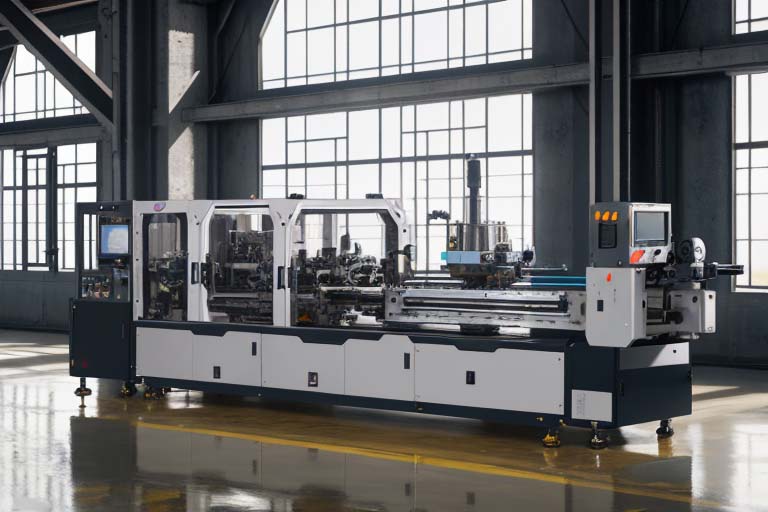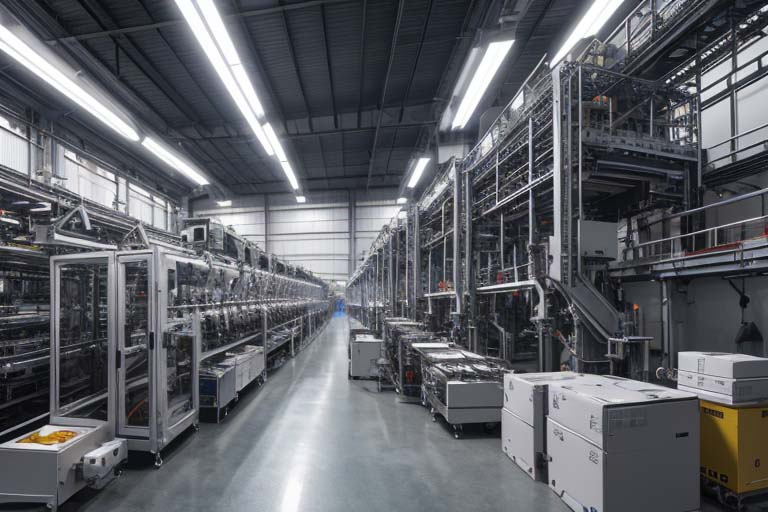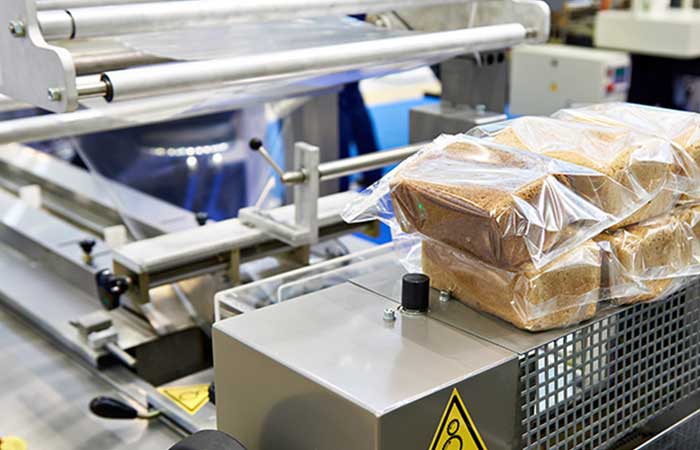Revolutionizing Secondary Packaging Automation: A Comprehensive Guide

The Future of Secondary Packaging Machines
Secondary packaging is a critical aspect of the manufacturing process, ensuring products are safely transported and stored. In recent years, there has been a notable shift towards automation in secondary packaging solutions. As industries strive for enhanced efficiency and reduced costs, the role of secondary packaging machines becomes increasingly significant.
One of the key trends shaping the sector is the adoption of robotic solutions. Advanced robotics technology has revolutionized secondary packaging, offering unparalleled speed, precision, and flexibility. Robotic arms can handle a variety of products with ease, adapting to different shapes and sizes effortlessly.
Another major development is the integration of smart technologies in secondary packaging machines. IoT connectivity allows for real-time monitoring and control, enabling proactive maintenance and minimizing downtime. Machine learning algorithms optimize packaging processes, identifying patterns and making adjustments for maximum efficiency.
Furthermore, sustainability is a growing concern in the packaging industry. Manufacturers are seeking eco-friendly solutions to reduce their environmental impact. Secondary packaging machines are being designed with recyclability and efficiency in mind, aligning with the global push towards sustainability.
The Benefits of Automated Secondary Packaging
Automated secondary packaging offers numerous advantages for manufacturers. Firstly, it improves throughput and productivity, allowing for faster and more consistent packaging processes. This leads to reduced labor costs and increased operational efficiency.
Moreover, automated systems enhance product quality and reduce the risk of errors. By eliminating manual handling, the likelihood of damage or contamination is significantly reduced. This is crucial for industries with stringent quality control requirements.
Another benefit is the flexibility and scalability that automation provides. Secondary packaging machines can be easily reconfigured to accommodate changing production needs, offering versatility and adaptability in a dynamic manufacturing environment.
The Evolution of Secondary Packaging Technology
Over the years, secondary packaging technology has evolved significantly to meet the evolving needs of manufacturers. From basic carton sealing machines to sophisticated robotic solutions, the industry has come a long way in enhancing efficiency and performance.
New materials and design concepts have also played a crucial role in the evolution of secondary packaging machines. Lightweight yet durable materials reduce energy consumption and improve overall sustainability. Innovative designs optimize space utilization and minimize packaging waste.
Looking ahead, the future of secondary packaging machines is exciting and full of possibilities. With advancements in AI, machine learning, and robotics, manufacturers can expect even greater levels of automation and intelligence in their packaging solutions. The journey towards a more efficient, sustainable, and sophisticated packaging industry continues.

-
 01
01Automatic Tray Loading and Packaging Equipment: Boost Efficiency to 160 Bags/Minute
21-11-2025 -
 02
02Automatic Soap Packaging Machine: Boost Productivity with 99% Qualification Rate
21-11-2025 -
 03
03A Deep Dive into Automatic Toast Processing and Packaging System
18-11-2025 -
 04
04The Future of Bakery Production: Automated Toast Processing and Packaging System
18-11-2025 -
 05
05Reliable Food Packaging Solutions with China Bread, Candy, and Biscuit Machines
11-10-2025 -
 06
06High-Performance Automated Food Packaging Equipment for Modern Production
11-10-2025 -
 07
07Reliable Pillow Packing Machines for Efficient Packaging Operations
11-10-2025 -
 08
08Advanced Fully Automatic Packaging Solutions for Efficient Production
11-10-2025 -
 09
09Efficient Automatic Food Packaging Solutions for Modern Production
11-10-2025 -
 10
10Advanced Automatic Packaging Equipment for Efficient Production
11-10-2025









